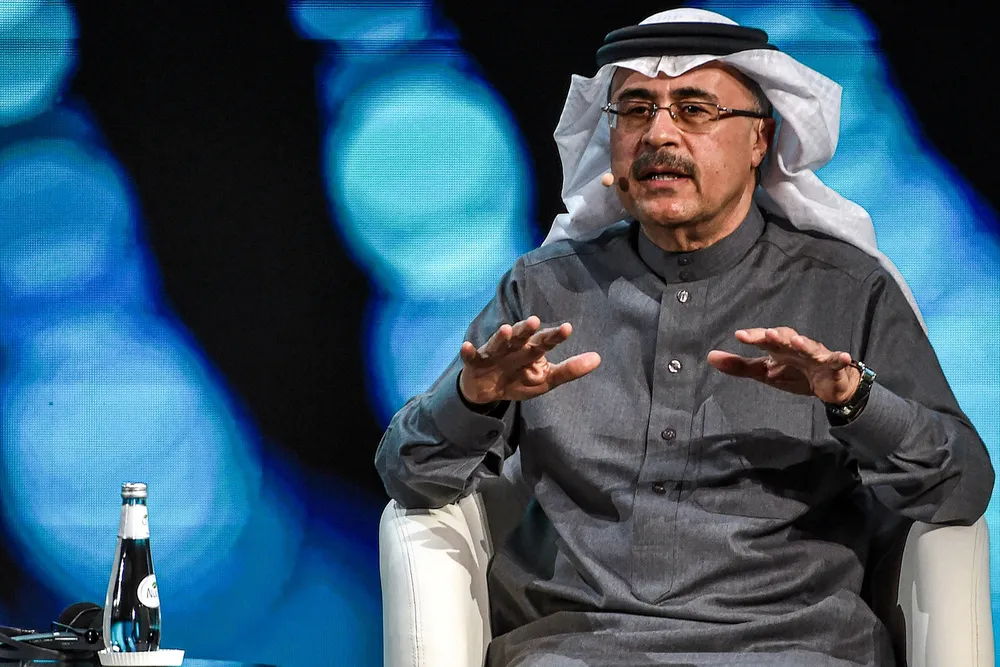Saudi Aramco’s colossal spending plans to be led by upstream projects
Almost 60% of the Saudi giant’s envisaged capital expenditure in the short term is likely to focus on the upstream sector

Almost 60% of the Saudi giant’s envisaged capital expenditure in the short term is likely to focus on the upstream sector
